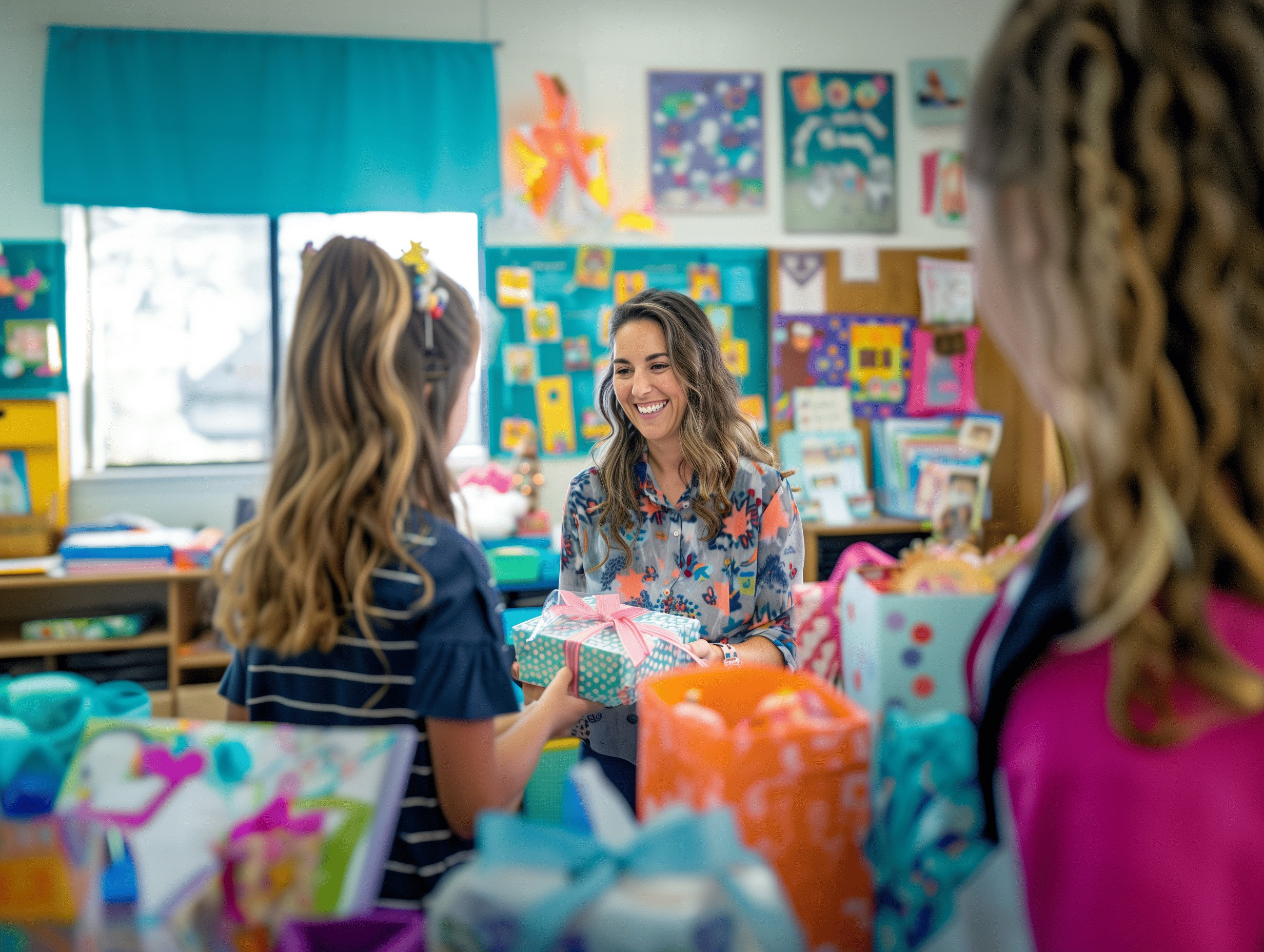Teacher's Workshop |
Preventing Violence In Schools: Managing Invisible Kids
William N. Bender, Ph.D.
I. Random Shooting Analysis (5 random shootings in 1997/98)
- None were receiving Special Education services
- All perpetrators were male
- All had immediate access to firearms
- Alienation
- Declining Respect for Life
- Warned Others In Advance
- Not Necessarily Angry at Those They Shot
II. The Invisible Kids
--above average in IQ
--are unmotivated
--disenfranchised
--have no appropriate adult role models
--rarely present behavior problems
--tend to be bullied rather than be the bully
--are incredibly planful
III. Identification Possibilities?
A. warning lists
B. profiling
C. teacher identification
D. peer identification
E. individual rights/considerations
IV. What Can a Teacher Do?
A. listen to kids.
B. know the students
C. Use a teacher buddy
D. Identify loners and connect with them
E. Use a peer rating
F. Find some adult who "Connects" with every kid.
Chart taken from Shubert, T. H., Bressett, S. Deeken, J., & Bender, W. N., Analysis of random school shootings, a chapter in Violence Prevention and Reduction In Schools. Bender, W., Clinton, G., & Bender, R. Eds., (1999) Austin, TX.: ProEd.
Useful Resources and Information
Bender, W. N. (1995). Violence in the Schools. A presentation made on Solutions To Violence, (W. N. Bender, & R. L. Bender, Ed.), a teleconference by the Teacher's Workshop, Bishop, GA. (March 8).
Bender, W., Clinton, G., & Bender, R. Eds., (1999) Violence Prevention and Reduction In Schools. Austin, TX.: ProEd.
Bender, W. N., & McLaughlin, J. P. (1997). Weapons violence in schools: Strategies for teachers confronting violence and hostage situations. Intervention In School and Clinic, 32 (4), 211-216.
Curwin, R. L. & Mendler, A. N. (1997) As tough as necessary: Countering violence, aggression, and hostility in our schools. Alexandria, VA. Association for Supervision and Curriculum Development.
Embry, D. (1997). Does your school have a peaceful environment? Using an audit to create a climate for change and resiliency. Intervention In School and Clinic, 32 (4), 217-222. (1-800 368-9356)
Foust, A. (1999). A Safe School Inventory. In. W. Bender, G. Clinton, & R. Bender, Violence Prevention and Reduction In Schools. Austin, TX.: ProEd.
Garrity, C., Jens, K., Porter, W., Sager, N., & Short-Camilli, C. (1997). Bully proofing your school: Creating a positive climate. Intervention In School and Clinic, 32 (4), 235-242.
Mathes, M. O. (1995). Tips For Teacher's Safety. A presentation on Teacher's Safety, (W. N. Bender, & R. L. Bender, Ed.), a teleconference produced by the Teacher's Workshop, Bishop, GA. (April 26).
Petersen, G. J., Pietrzak, D., & Speaker, K. M. (1996). The enemy within: A national study on school violence and prevention. Paper presented at the Seventy Sixth Annual Meeting of the Association for Teacher Educators, St. Louis, MO (February 24).
Sautter, R. (January, 1995). Standing up to violence. Phi Delta Kappan (Special Report), pp k1- k8.
Sorrell, S. (1996). Managing a Hostage Crisis: The Voice of Experience. A presentation on Teacher's Safety, (W. N. Bender, & Renet L. Bender, Ed.), a teleconference produced by the Teacher's Workshop, Bishop, GA. (April 11).
Stevens, R. (1995). Increasing violence in schools. A presentation on Teacher's Safety, (W. N. Bender, & Renet L. Bender, Ed.), a teleconference by the Teacher's Workshop, (April 26).
Resources on the Web
"Early Warning, Timely Response: A Guide to Safe Schools," from the U.S. departments of Education and Justice, offers a summary of the research on violence prevention, intervention, and crisis response. www.air-dc.org/cecp/guide/guidetext.htm
"Keep Schools Safe," from the National Association of Attorneys General and the National School Boards Association, provides information on successful programs and ideas to help communities work toward safer schools. www.keepschoolssafe.org
The National School Safety Center, reviews school safety surveys and offers a checklist of typical characteristics of young people who have been involved in school-related violent deaths. www.nssc1.org
The Center for Study and Prevention of Violence at the University of Colorado provides fact sheets on such topics as "Safe School Planning, School Violence and Social Conditions, and Reducing School Violence. www.Colorado.EDU/UCB/Research/cspv/infohouse/factsheets.html
Crisis Response: Resources on Responding to a School Tragedy, from the National Association of School Psychologists, is designed to help schools cope with a significant crisis or trauma. www.naspweb.org/services/advocacy/neat.htm
The Virginia Youth Violence Project, an initiative of the Curry school of education at the University of Virginia in Charlottesville, identifies effective methods and policies for youth-violence prevention and response, especially in schools. curry.edschool.Virginia.edu/curry/centers/youthvio
The American Psychological Association and MTV have co-produced Warning Signs of Teen Violence, a guide designed to help young people recognize when classmates or friends might be potential dangers to themselves or others. helping.apa.org/warningsigns/index.html
The Center for the Prevention of School Violence at North Carolina State University in Raleigh focuses on ensuring that schools are safe and is a nationally recognized source of help for school resource-officer programs. www.ncsu.edu/cpsv



